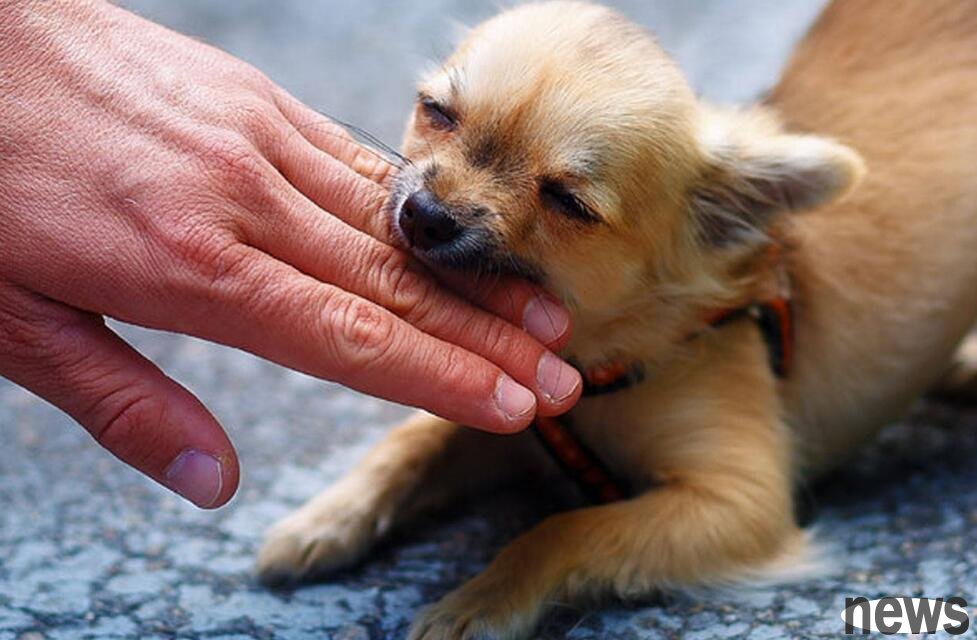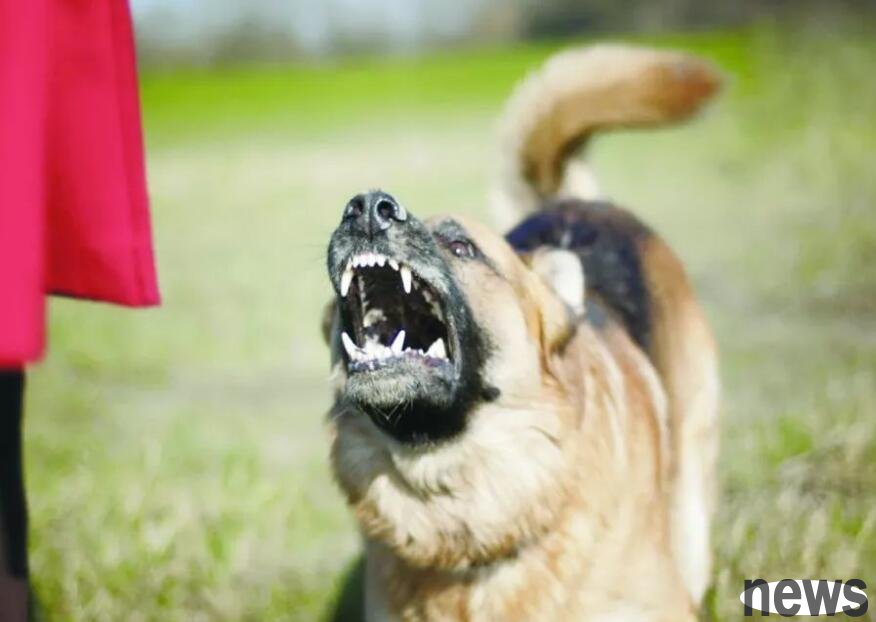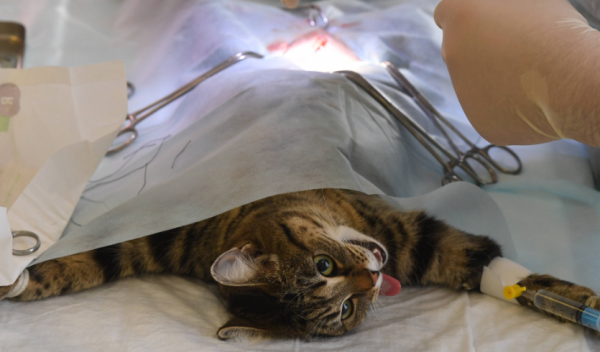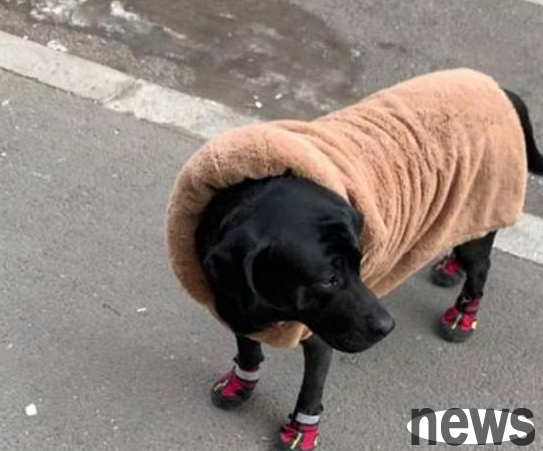How to stop dogs’ aggressive behavior?
In order to deal with this behavior, you must ensure your dominance. Your dog should be trained to always follow your orders and consolidate your dominance through regular practice. Depending on the different objects of the rose attack, it can be divided into attacking the owner, attacking strangers (or visitors) and attacking other animals.
1. Cause of dog attack:
1. Attack on the owner: Most dogs are willing to be trained to be subordinates of other families and other members, and are willing to obey the orders of all members of the family. However, many dogs are taught by ignorant owners to be true "leaders". Once a dog considers it to be the leader of the entire canine flock, it may strengthen its control by attacking. A dog with a desire to rule may attack its owner in order to possess a favorite item. Food, bones, resting places and toys will cause the dog's desire to possess and launch a defensive attack.
2. Attack strangers and visitors: Domestic dogs bark when visitors enter their homes, bravely protecting their homes and owners, because the owner is considered a member of their family by the dog. If the visitor stands above the dog and bends over and slaps it, the dog will think the visitor is a threat. If a dog hasn't experienced such occasions in his childhood, it will be particularly afraid of strangers.
3. Attack other dogs: Dogs of the same gender often cause aggressive behavior for the sake of dominance. Male dogs occur more easily than female dogs, and more often occur in the dog's own territory. Some dogs are simply due to social problems, and these problems are mainly caused by sex hormones. Dogs with strong desire to rule and those who cannot get along well with other dogs in their childhood may bark, attack the dogs they encounter, and even fight.

2. Prevention and control measures for dog attacks:
Dog attacks have many forms, and different treatment methods are required accordingly. Obedience training is the most important way to prevent this behavior. If a dog is not always bound by you, seek professional help from a veterinarian, experienced dog trainers and dog training clubs.
a), Attack the master:
should indicate your dominance through training. The dog must be told that it has a relatively low status in the family.
1. Don't pay attention to it: In order to attract your concern, the dog will definitely do something for you. Don't pay attention to it until it's not asking for anything, and then order the dog to sit down and stroke it. The dog will soon learn that it is you who rule it.
2. Don't make it too comfortable: When the dominant dog climbs onto the furniture you don't want it to go, you must order it to leave. Tie it on a rope at home because it can prevent someone from getting bitten by it and also give you more control.
3. Spacious sleeping space: For dogs with strong aggressiveness, they should always be tied with a rope. Its sleeping place should be spacious and the air should be circulated. Dogs feel safer in confined spaces, and we cannot increase the self-confidence of a dog with a strong desire to rule.
4. Finally feeding dogs: Wolves generally have the following characteristics: when eating food, the head wolf always eats it first than other wolf. Therefore, you should prepare dog food after you finish your meal. During training, it is best not to give it any food during the feeding interval.
5. Do more tie-up training: Train the dog to repeatedly pick things up, which will help determine your leadership position in the dog's heart. When training, remember to tie the dog with a leash.
6. Walk behind the owner: Don't let the dog go out first in front of you. You are its leader, and you should be ahead of it.
7. Eliminate potential dangers: Close the dog's mouth with a trouser and adjustable hood can reduce the risk of being bitten by it and encourage it to respond to various passwords.
8. Regular medical consultation: Strong aggression may be a serious problem for dogs. You'd better go to the veterinarian regularly, their advice will make your training more effective.

b), Attack strangers and visitors:
1. Gradually introduce your dog to strangers and reward him for good performance.
2. Visitors should avoid direct eye communication with the dog.
3. When the dog is pulled by the traction, the visitor can sit down and give the dog some food or toys, so the visitor doesn't look that scary.
4. Do not force the visitor to a shy dog, but allow it to understand it on its own.
c), Attacking other dogs:
1. In order to deal with this aggressive behavior, the dog should be ordered to sit down. Other moves are because it believes that its owner does not like strange dogs, which pose no threat to it. When he gets along well with other dogs, he should be praised.
2. Dogs with aggressive behavior caused by dominance are difficult to deal with. In most cases, fighting is often accompanied by aggressive body postures and yelling. If one of the dogs had not retreated, a battle would have been inevitable. During the fight, the dog may bite anyone who interferes.
3. In many cases, the obvious attack behavior of a dog is actually for defense, not for attack. The dog wants other dogs to leave, rather than fighting with it. Dogs who have not learned to interact normally and have had a criminal record are prone to this behavior.
4. Transfer the dog's sight. If a dog tends to attack other dogs, the dog owner should turn its head away so that it cannot make eye contact with other dogs.
5. Dogs with condoms: In order to avoid problems, you can wear condoms for your dog. Not only does the condom prevent your dog from biting, it also reduces the dog's sense of advantage. Take a positive attitude towards wearing a wardrobe, which shows that you are a responsible master.
6. Distract the dog's attention: When an aggressive behavior may occur, you should use a toy that the dog likes to attract its attention and then command it to "sit down". (In your dog performs well, remember to reward it).
7. Sterilization: Spreading dogs is a wise move to control unnecessary pregnancy and bad behavior of dogs.
3. Supplementary correction training:
Bring the dog to a place where vehicles, pedestrians, livestock and poultry activities is carried out, and the dog is allowed to move freely, but closely monitor its actions. If a dog shows signs of slapping or catching animals, it should immediately use a threat tone and accompany the mechanical stimulation of the traction belt. When the dog stops bad behavior, it is rewarded with a "good" password.
After repeated training, you can use the training rope to master it until the training rope is cancelled.




